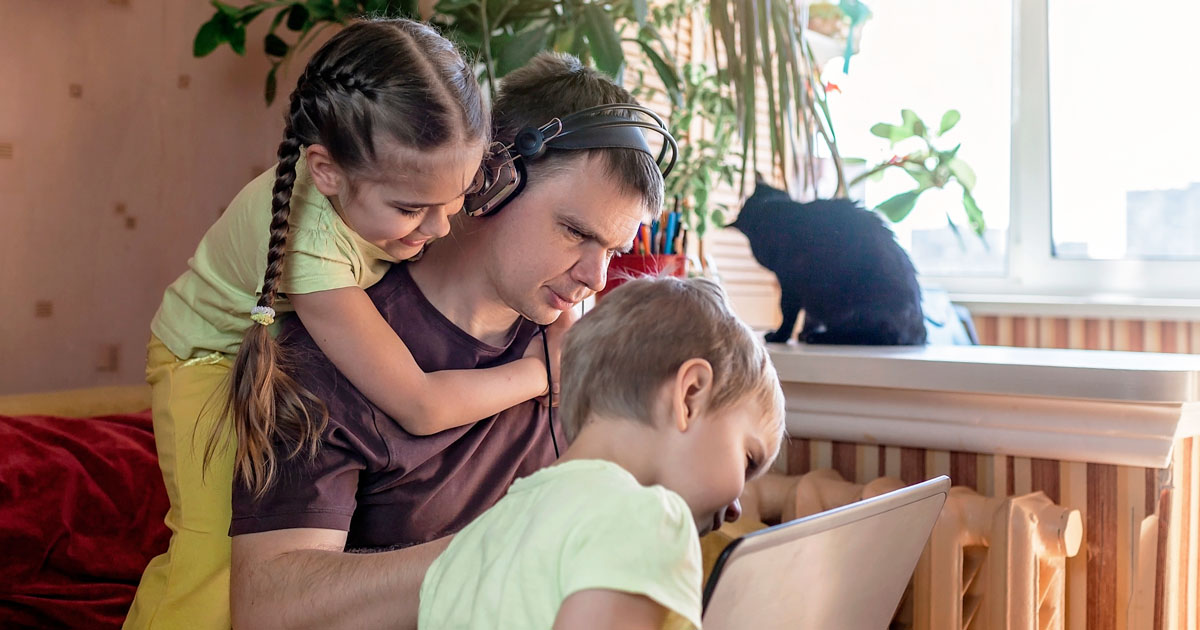The COVID Work from Home (WFH) Experiment: 5 things you already know but may need a reminder

The COVID-19 crisis has landed us all in an anxious trial run of work from home (WFH), a drastic shift in the way we usually function. There is real disruption and chaos as we catch up on the latest on COVID and the lockdown, try to stock up, cook, clean, entertain kids, sanitize everything, check up on family and friends not locked down with us, and WFH. Our comfortable routines have been disrupted, and we are still trying to wrap our heads around the empty streets, lack of household help and no outings.
Organizations, in the meantime, are trying to function, keep production going, and facilitate business continuity. In a rude shock, many of us are realizing that remote work is different work, and it is even more different during this period of forced work from home.
How can you make WFH work in the midst of chaos at home? Take steps to bring as much structure to your day as possible. Here are some things you can try out.
1. Plan your day to give structure to your work from home.
Set up a call with your manager to understand deliverables and priorities. Agree on clear goal posts. As you wrap up for the day, set targets for the next day so you already know what to do as you get down to work the next day. It can be disorienting to start a day without catching a morning cuppa with your colleagues. Planning your day beforehand helps give structure to your work and to your day. Keep your manager in the loop for work, and your family involved for chores. Do not forget to schedule time for yourself, however brief. Experiment until you’ve found what works best.
2. Unitask, don’t multitask, to be more efficient.
Increased household chores, attention-demanding kids, temptation to catch up on the latest on the news and social media can make multi-tasking seem inevitable. You easily get trapped into trying to do multiple things at the same time, and before you know it, you are stressed out unable to give your best either at home or to work. Choose to focus on one thing at a time. Again, with a plan in hand, you can get multiple things done without multi-tasking. For instance, load your washing machine before you sit down to work or during a coffee break. Deciding to dump laundry in the machine during a coffee break is more viable than deciding to clean out a closet. Experiment with a new routine and deliberately focus on one thing at a time to keep your sanity.
3. Use technology to take your work from home closer to office.
Are you and your colleagues interacting only via email now? Use technology to bridge the gap left by absent water cooler conversations. You cannot turn around and ask a colleague for clarification or help as you could in office. Use chat for instant communication without disrupting the other person. Use audio, video and con calls if something cannot wait. Be aware though that others may be busy, so cultivate patience. While messaging can be least distracting to the recipient, video calls allow you to both see expressions and hear voice tones taking the conversation closer to face-to-face. It is always a good idea to ask before you initiate a video call. Experiment with technology.
4. Shift perspective to reduce stress.
You don’t like intrusions while you’re working. You want to focus for the next few hours. Your mom calls wanting to chat. Your kid comes crashing into the room wanting to download a new game. While setting boundaries is a good thing, it will reduce your stress levels if you shift perspective and expect intrusions to a certain extent given the unique context. Worried family elsewhere may want to talk to you and feel a bit better and reassured. Take the initiative and call them. Kids, especially young ones, brimming with energy but cooped up at home, away from friends, can only take so much of playing alone. Settling into a movie they like, cooking up something along with them, if possible, or having a different dinner location, like the balcony, may prove welcome distractions from the realities of lock down and social distancing. Experiment to find times of least distraction for work.
5. Find your special nook to work with least distraction.
Finally, find as quiet a place to work as you can. Pick a place with natural light and comfortable furniture. Try for a white or neutral coloured wall behind you as you may need to make video calls. Let others know that you are working and should be disturbed only if absolutely necessary. Experiment to find what works.
Take care, stay safe, and experiment until you feel increasingly settled with work from home.